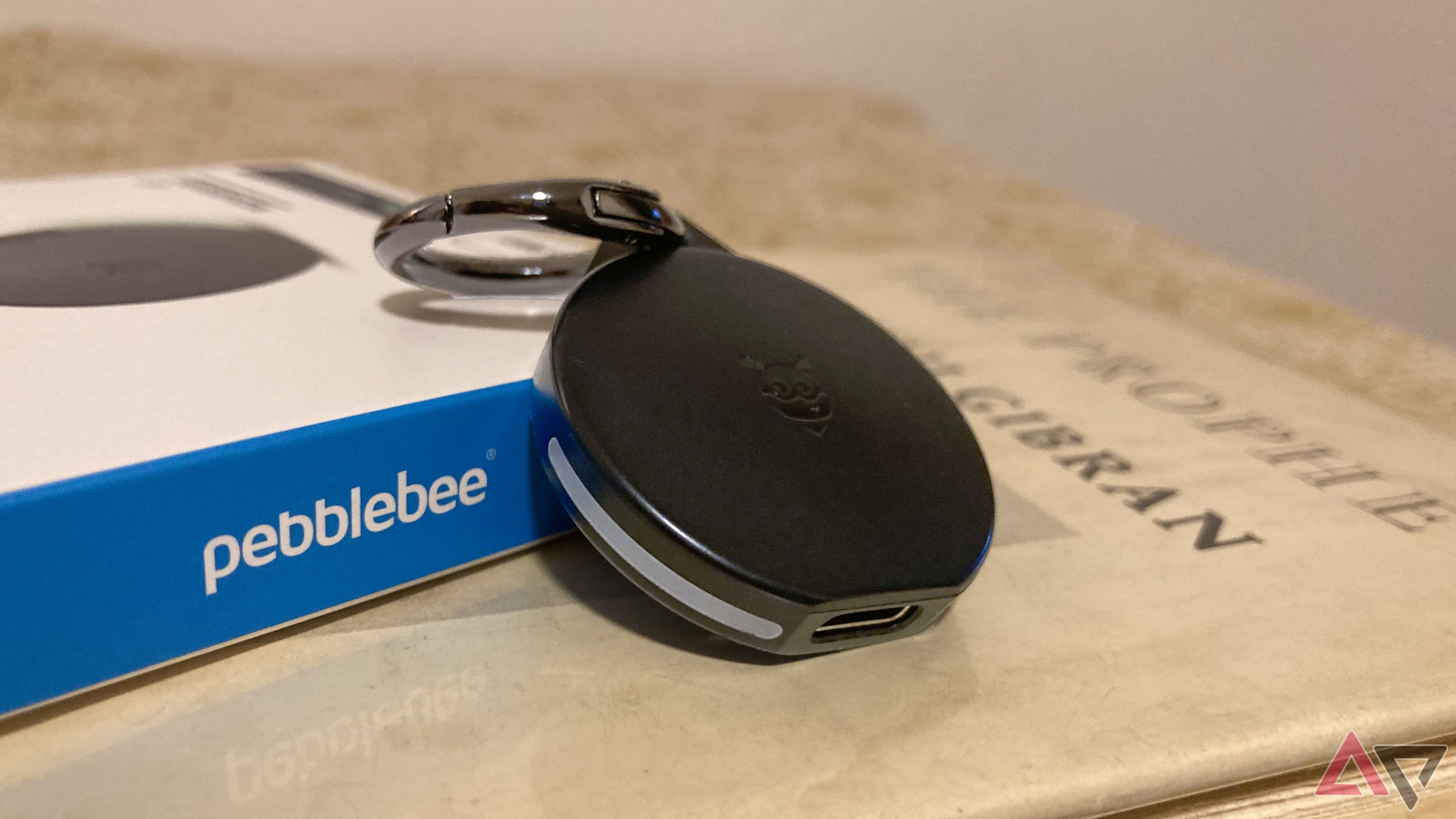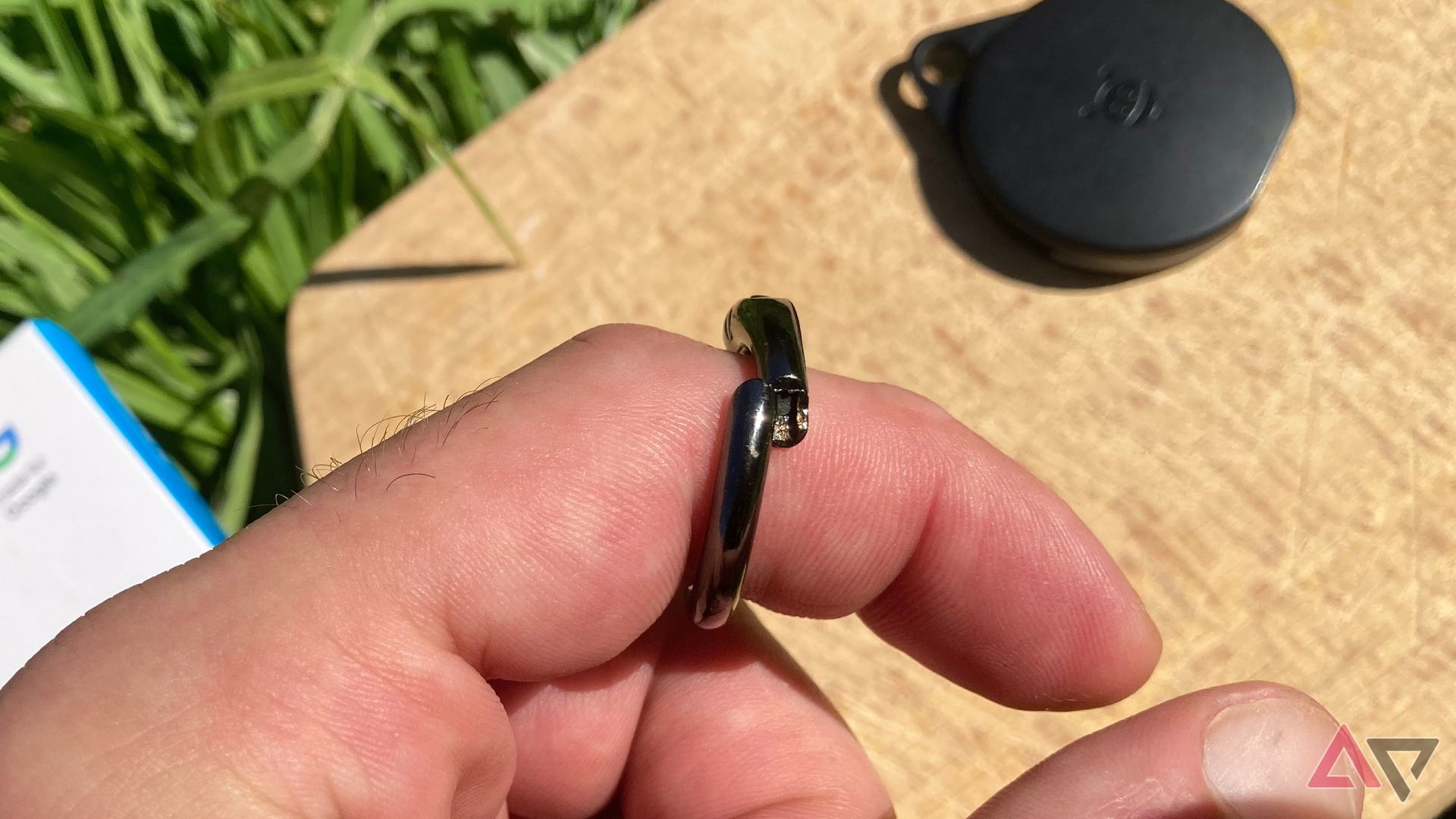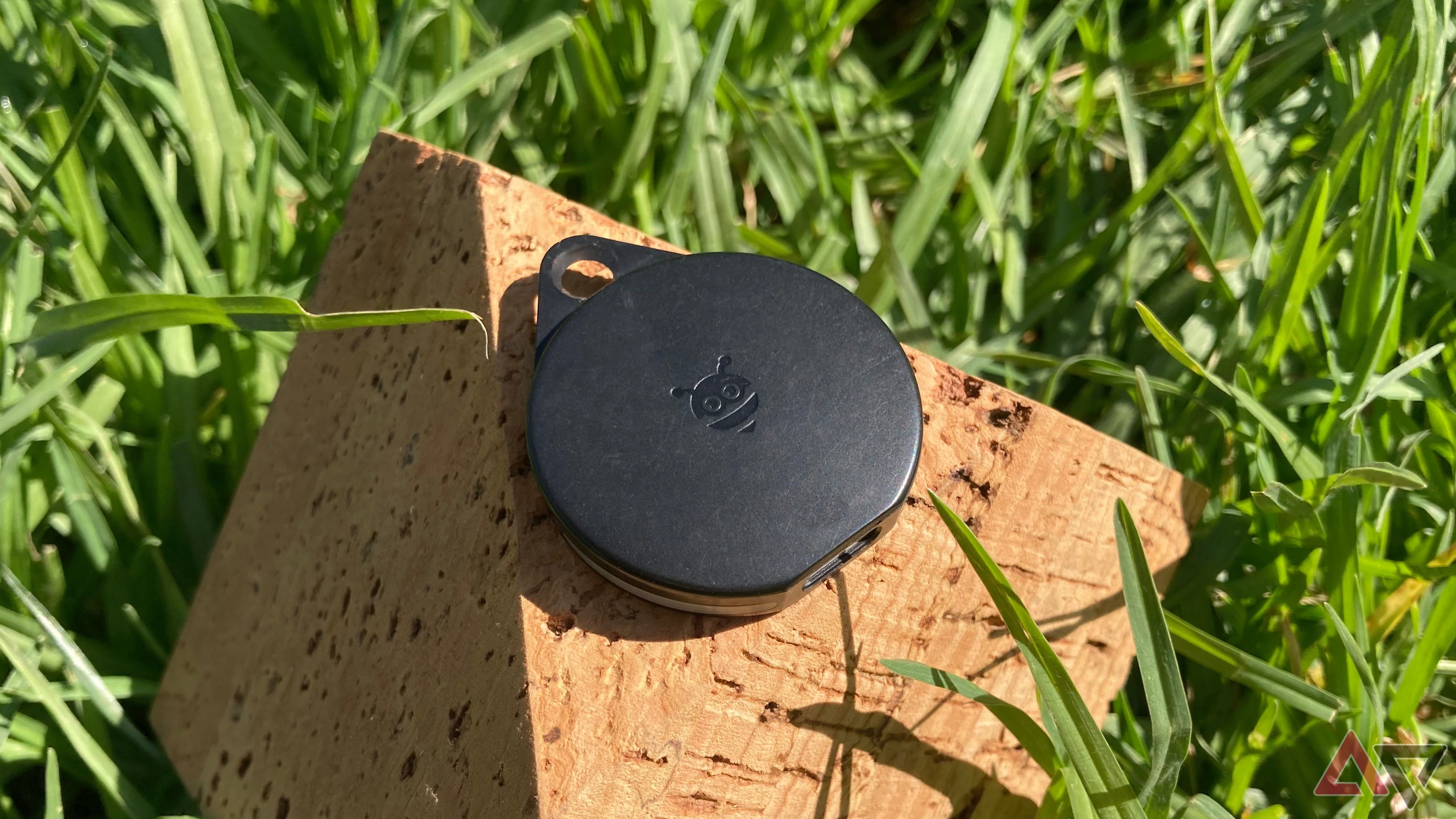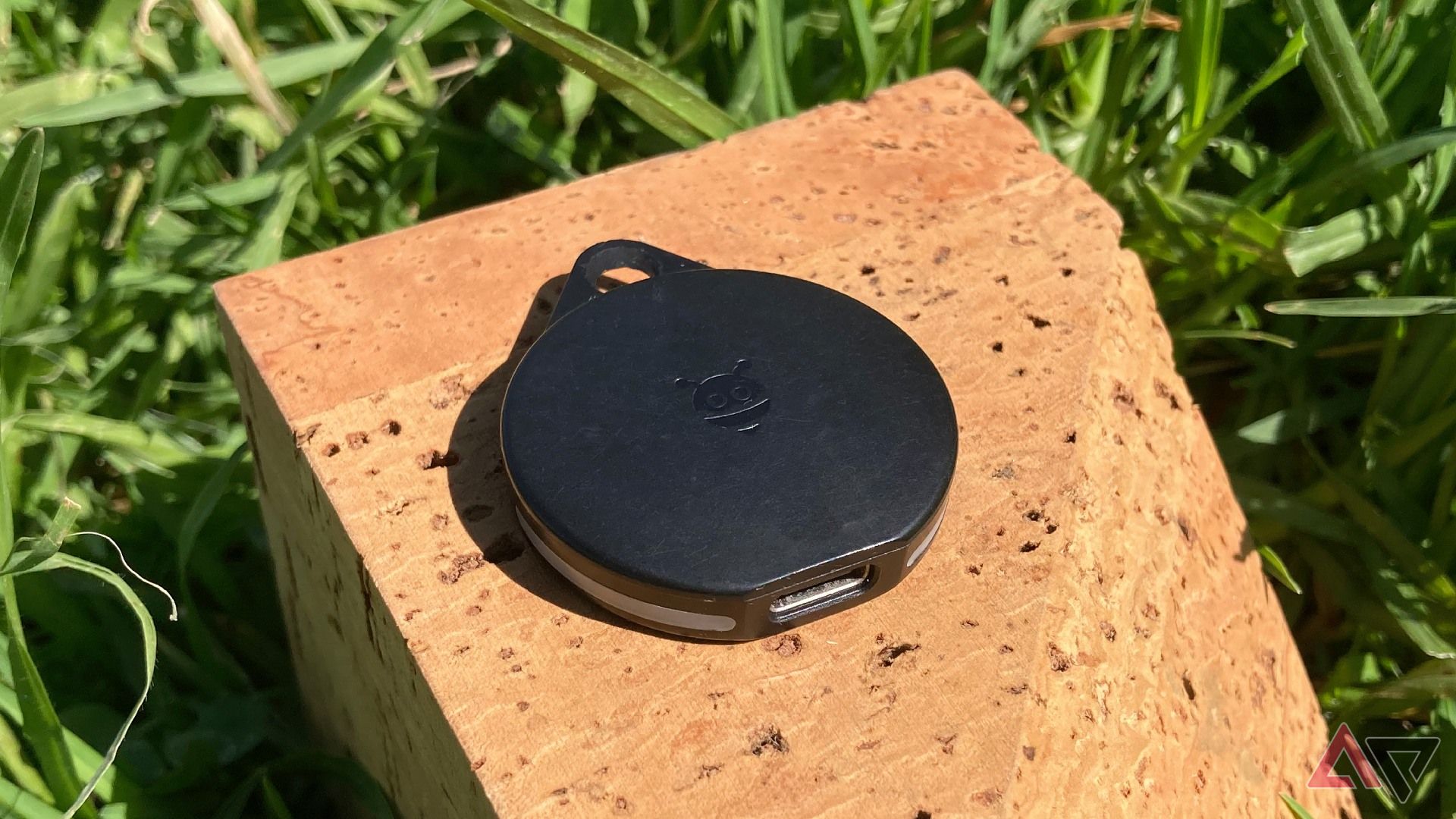After years of waiting capped off with multiple setbacks, Google finally launched its Find My Device network in April. Along with the Chipolo One Point, the Pebblebee Clip for Android is one of the first keychain trackers available, and it does work somewhat, the network’s rocky rollout notwithstanding.
While the FMD network won’t ever match Apple’s Find My performance, notification precision, and timeliness have increased slightly since we first reviewed the Pebblebee Tag for Android. The jury’s out on whether these results will continue to improve, and they must to really make the most out of Android Bluetooth trackers . At any rate, the Pebblebee’s Clip is still quite useful if you often need help remembering where you put your keys or where you dropped them in the park.
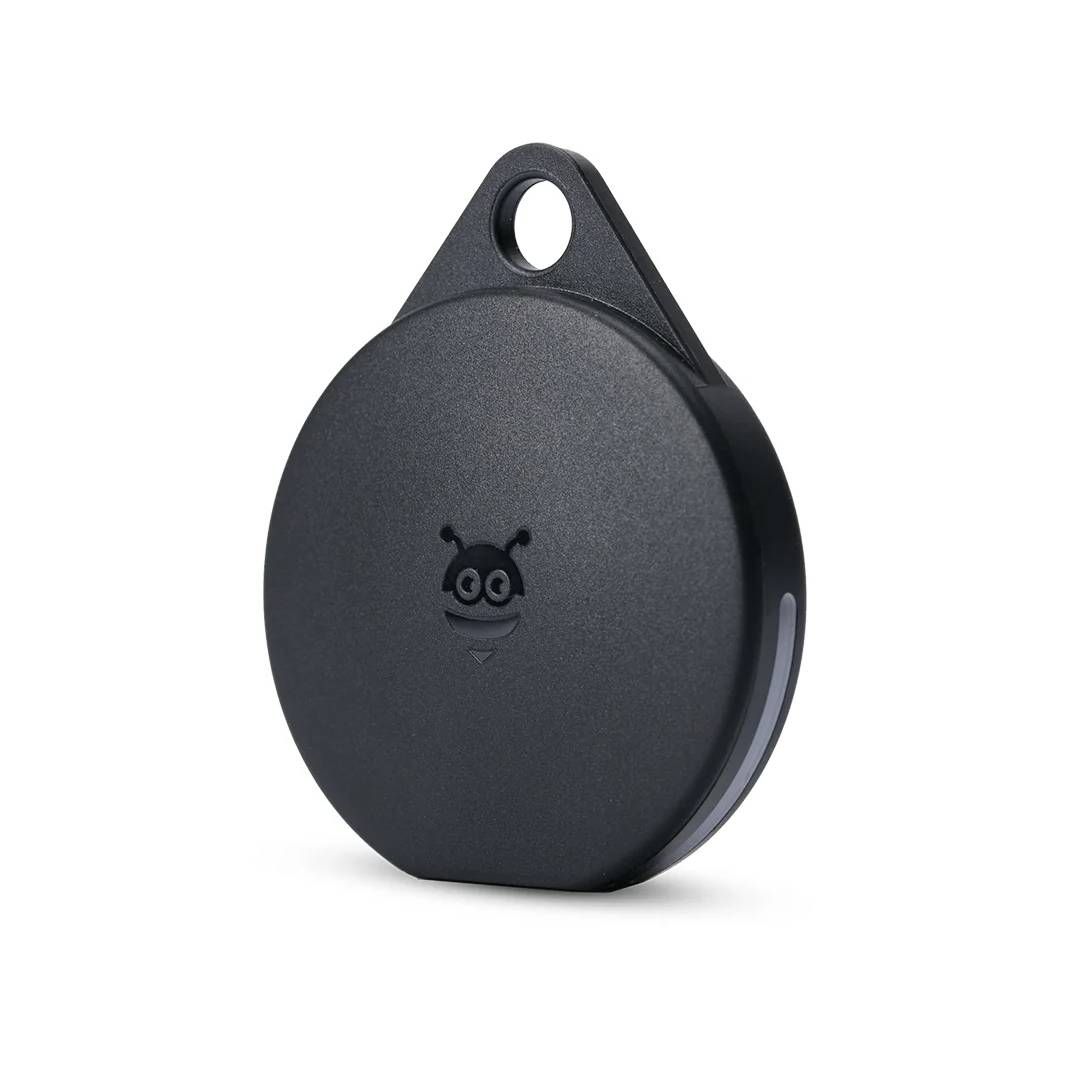
Pebblebee Clip for Android
The Android edition of Pebblebee’s Clip Bluetooth tracker hit the ground running as one of the first options for Google’s Find My Device network. Pebblebee’s own network offers some useful features, but won’t have many participants. And Google’s laughably poor FMD implementation means this novel device won’t ever live up to Apple’s industry leader.
- Compact and lightweight
- Helpful local tracking via Pebblebee’s network
- USB-rechargeable battery with a one-year capacity
- Almost useless long-range network-based tracking
- Numerous reports of connection and quality control issues
- Not made with the most rugged materials
Price, availability, and specs
The Pebblebee Clip for Android hit the market in late May 2024 and was the first of its kind at the time. You’ll find it at Pebblebee’s and Google’s websites for $30, which aligns with other keychain trackers. The unit works with Google’s network if you’re willing to sacrifice some features, as well as Pebblebee’s network if you don’t need Android-spanning location notifications. It’s available in every region where Google plans to implement its network, including those where it’s not fully rolled out yet.
What’s good about the Pebblebee Clip for Android?
It’s durable, nondescript, and has capable internals
Other than the USB-C port on the bottom and a tiny speaker hole on the back, the Pebblebee Clip is essentially indistinguishable from a basic keychain. Nearly everyone will guess that it’s a wireless tracker. The integrated loop makes it easy as pie to attach to your existing key ring, and it’s as durable as you could possibly need a keychain to be. However, it does pick up scratches pretty easily.
We expected great battery life thanks to Bluetooth LE’s efficiency. The rechargeable battery supposedly lasts a year before needing a top-off, so it has a leg up on the AirTag in that you’ll never need to open it up.
If you’re interested in local tracking and not too concerned about tapping into Google’s upstart tracker network, the Pebblebee app is great. It won’t have the same number of participants as the Tile or Samsung tracker networks, but “left behind” notifications and a clear location history readout could come in handy.
What’s bad about the Pebblebee Clip for Android?
Lacks any fancy features and will never match the Apple AirTag
In fairness, Pebblebee doesn’t seem to have screwed anything up in its tracker implementation, except for the included half-inch keyring. It has so much hinge play that it falls off extremely easily, which is counterproductive. Negatives stem almost entirely from Google’s network design miscues. The chief issue is how Google only half-committed to the network’s default active status, also known as an opt-out configuration.
The Google FMD network is supposedly activated by default on every device running Android 9 and later, but only on very limited detection terms. The default settings require multiple active Android devices (apparently three, to be specific) to ping a tracker before an averaged aggregate location is sent from Google’s servers to the tracker owner’s devices.
The supplied key ring failed me and other users almost immediately.
In comparison, Apple’s Find My network by default requires only a single Apple device to ping an AirTag. Android users need to dig into the Find My Device app settings to enable the same. That’s not the end of the world, but the average consumer probably won’t realize or likely care enough to opt into the “In all areas” setting that could (in theory) make Google’s network passable.
Ultimately, poor network performance renders it simply impractical. Walking past hundreds of Android users on city streets didn’t guarantee a location update. Stories have emerged from busy US locations like high-traffic airports where the trackers still rarely reply with their location. Google could theoretically still fix things, but color me cynical. Our contacts at Google assured us the network is fully “rolled out” in the US and Portugal, right before longtime AP expert Taylor Kerns and I got such poor results from trackers like the Pebblebee Card for Android .
And while the Clip can actually deliver network-based location updates, you’ll need extreme patience. FMD trackers only ping every few hours or so (but nobody knows definitively how often, and Google’s not telling). And we’re not optimistic about the chance three Android devices will be in range when the tracker does periodically come alive.
Update frequency is far from the only flaw. The disrespectfully wide search areas indicated by the FMD app would be of no help whatsoever in the event of a lost item. In a dense city, a 200-meter-radius location suggestion probably won’t help you find your keys. And in rural or suburban areas, it probably just won’t work much since it’s less likely to encounter the requisite number of FMD-enabled Android devices.
There aren’t any other useful features, either. This is Google’s shortcoming, since the Pebblebee app lets you ring your phone from the tracker in case it’s hidden somewhere nearby and provides location history and “left behind” notices. Google’s network offers none of the three. In contrast, the Samsung Galaxy SmartTag 2 brings a host of such useful features to Galaxy owners, including an IP67 rating that’s far more helpful than the Pebblebee’s middling IPX6 protection.
But wait, there’s more! Remember the cross-platform anti-stalking measures that supposedly held back the FMD launch for months? I slapped a fresh SIM card in a factory-reset iPhone and carried it with me for two weeks while testing the Pebblebee Clip, and not once did the iPhone warn me I was being followed.
Farcically, the only time I received an unknown tracker warning was while testing the Pebblebee Card, when the Google FMD app kindly warned me that my own tracker may be stalking me, something other users have also experienced. This actually surprised me a little, since one of the myriad of complaints surrounding the various FMD trackers is how some people get too-quick anti-stalking warnings that seem to have jumped the gun. So, your mileage may vary here, but don’t expect any kind of consistency.
Finally, my Clip had a concerning issue that I couldn’t nail down or reproduce consistently. I used the temporary disabling feature multiple times to test when and where my Clip pinged on my walks through the city. That’s three button presses while holding the third press and releasing during the second of two resulting beeps. After turning the device on and off for a few cycles, the Pebblebee Clip for Android became completely invisible to all my linked devices on three occasions, necessitating a factory reset each time.
It’s not clear where the fault lies here. Temporary disabling seems to not work at all when using Pebblebee’s network instead of Google’s, which could point to a potential design or manufacturing defect, or simply mean the manufacturer chose not to implement the feature within its own software.
Unfortunately, one reason I couldn’t figure this out is Pebblebee’s customer service, which appears to be overwhelmed and unable to help much outside of sharing rote troubleshooting steps. If you are unhappy with your Pebblebee trackers, a return will set you back the cost of return shipping and a 20% restocking fee. Quite frankly, that seems borderline predatory, considering the FMD network’s near-total failure renders the entire product class barely functional.
Should you buy it?
Great key chain tracker, not-so-great long-distance worldwide locator
If you want a 1:1 AirTag replacement, no. A direct AirTag replacement for Android just doesn’t exist, and at this point might never. If you struggle to put your keys in the same place every time you get home, have ever dropped your keychain in a familiar park near your home, or happen to leave your car key at the local pub for safe-keeping, it could be a worthwhile gadget.

Pebblebee Clip for Android
The Pebblebee Clip for Android is a fine Bluetooth tracker that works well for finding misplaced keys and other small items. Sadly, Google’s poorly implemented Find My Device network holds it back significantly, as does Pebblebee’s inconsistent customer service.
Source link
